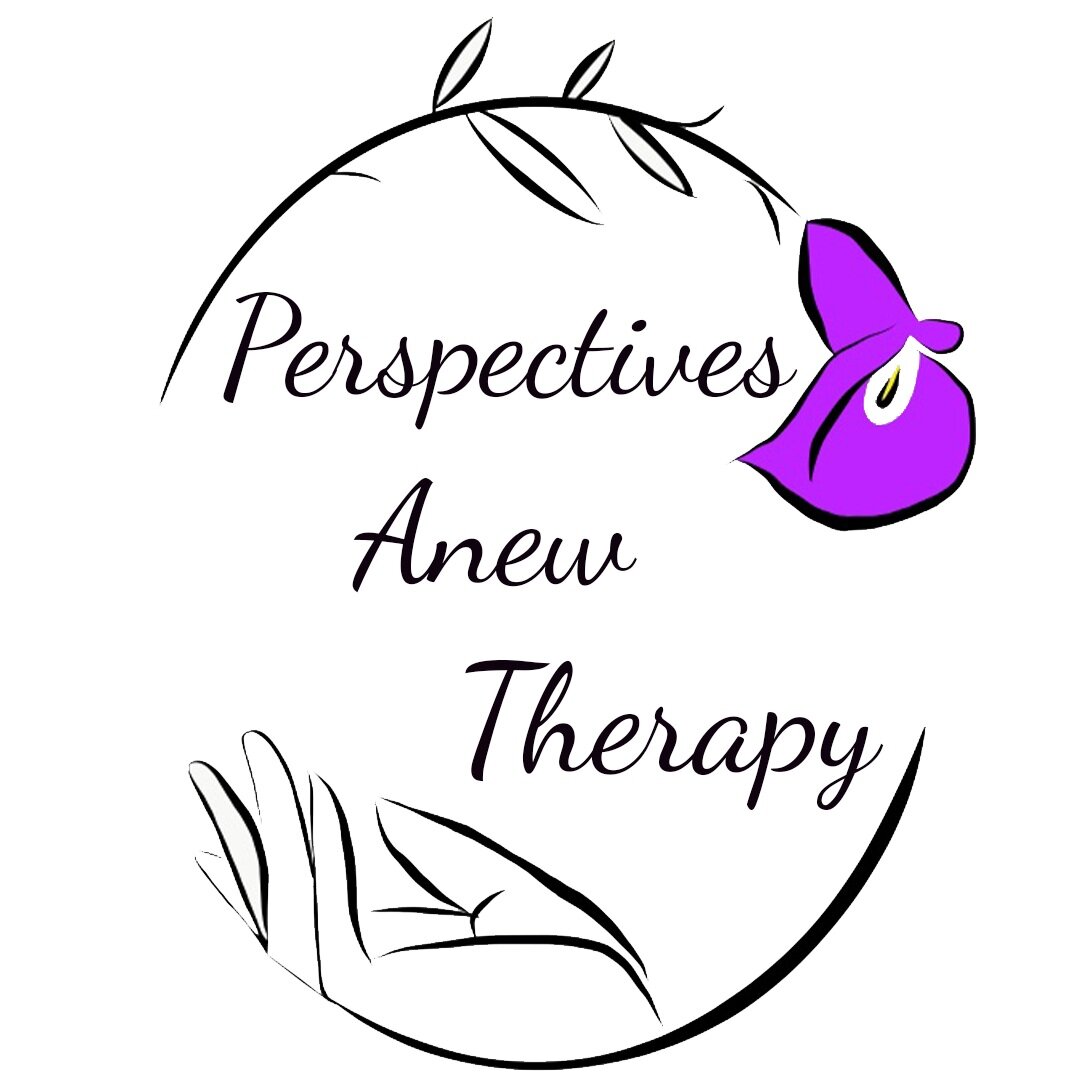The Nervous System: A Breakdown
Our nervous system guides everything we do, think, say, feel, process, move, and remember. This system impacts every part of our health including memory, learning, feelings, balance, senses, sleeping, healing, aging, heartbeat, breathing, response to stressors, digestion, and bodily processes such as puberty. Simply put, it is the command center that regulates the body’s systems while allowing you to experience the environment you’re in. Neurons send signals throughout the body that then travel between the brain, skin, organs, glands, and muscles. After experiencing sensations, the nerves send the data to and from the brain.
There are two main parts of the nervous system which are the central nervous system (CNS) and the peripheral nervous system (PNS). The CNS is the body’s control unit and is composed of the spinal cord, brain stem, and the brain. The PNS is the body’s link to the external world because it sends information from the brain and spinal cord to our organs, arms, legs, fingers, and toes. Within the PNS are two other systems: the somatic nervous system and autonomic nervous system. The somatic nervous system helps to guide our voluntary movements and the autonomic nervous system controls things we do without thinking about them, such as blinking.
The somatic nervous system has two systems within it: the sensory nervous system (sensory input) and the motor nervous system (motor output). Within the autonomic nervous system there are two systems, the sympathetic nervous system (SNS) and the parasympathetic nervous system (PNS). The SNS preps the body for action and stress, which we refer to as “fight or flight.” This system arouses us and the body, whereas the PNS calms us and the body while helping conserve energy within ourselves by “resting and digesting.” When the SNS is in control, pupils begin to dilate, heartbeat increases, and muscles tense up due to potential danger. When the PNS is in control, there is reduced heart rate, muscles begin to relax, and there is no need for “fight or flight.”
A working nervous system is essential to our wellbeing, and a dysregulated nervous system causes numerous problems for an individual. A dysregulated nervous system is when there’s an imbalance between the sympathetic and parasympathetic nervous system. Symptoms include insomnia, migraines, anxiety, chronic pain, GI distress, and/or high or low blood pressure. There are risk factors that can increase dysfunction such as trauma, chronic stress, metabolic disease, and hormonal imbalances. To help balance the nervous system, it’s important to access the vagus nerve through therapies such as breathing techniques and cold water immersion. Additional ways to tone the vagus nerve include exercise, meditation, massages, therapy, yoga, and eliminating stressors.
Source: Cleveland Clinic, Dr. Ruscio, Byju’s Learning
